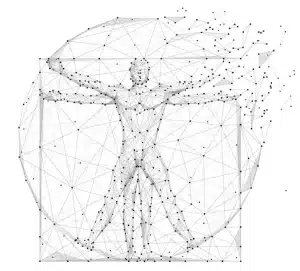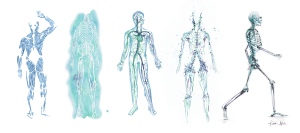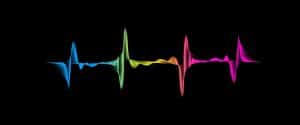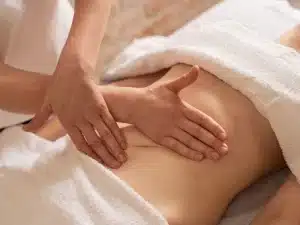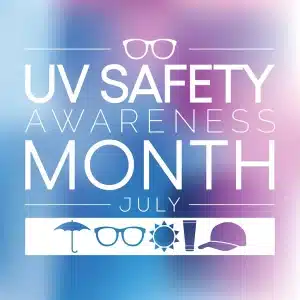What is Thai Massage?
Thai massage is a popular holistic health tradition that includes aspects of yoga, Ayurveda and Chinese medicine. It was arguably founded at least 2,500 years ago by Indian Doctor Shivago Komarpaj. Dr. Komarpaj was a practitioner who used to aid the Buddha and help spread traditional Chinese medicine practices throughout all of India.
What to expect
Known as the “lazy person’s yoga”, Thai massage allows a client to essentially experience an assisted yoga session while laying on either a mat on the floor or a massage table. Oil is not typically used during the massage and clients are fully clothed. A practitioner will use their hands, thumbs, elbows, feet and knees to stretch, pull and rock different parts of a clients body.
To assist a client into deeper stretches, the practitioner may also sit or kneel on a client. One of the more familiar stretches associated with this massage is the assisted cobra stretch. This is where a practitioner will place both of his or her knees into the clients glutes, prompt the client to lock their wrists with the practitioner, as they help lift the clients upper body up from the floor or table to create a slight back bend that creates a great chest opening stretch for the client.
What are the benefits of Thai massage?
Unlike a Swedish or deep tissue massage where a practitioner will use oil with slow and sometimes deep pressure to reach layers of muscle tissue to ease up knots, Thai massage relieves tension by increasing the range of motion and flexibility of the body. Other benefits of Thai massage include increased energy and blood circulation.
How often should you receive Thai massage?
It is advised to receive Thai massage in between your Swedish or deep tissue massage sessions. This allows for optimal care in muscle recovery by promoting good blood flow and flexibility ensuring the adhesions and scar tissue break up from traditional massage.
What should you wear to a Thai massage session?
A client should plain to arrive to a session in comfortable and flexible or loose clothing. Most clients tend to lean toward gym attire (shorts, yoga pants, tank tops) or even pajamas. Please refrain from wearing any rough and tight clothing such as jeans or heavy sweaters.
Does Thai massage hurt?
Like any other massage modality, the intensity of the stretch or pressure will be adjusted to the clients’ comfort level. Thai can be both relaxingly light or therapeutically deep.


